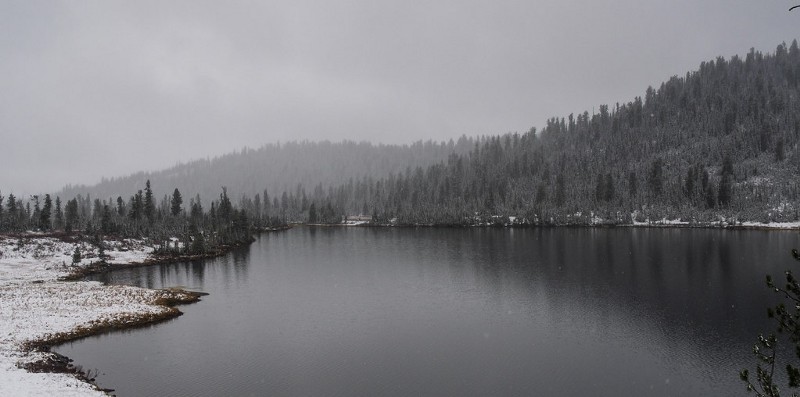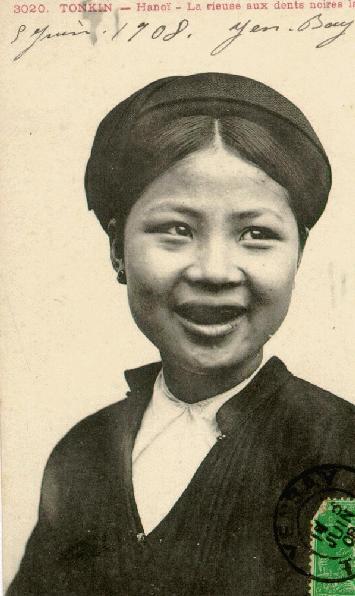 he Soviets were notoriously brutal to their prisoners. Criminal or not, if the government deemed you a danger to the stability of Communism, you’d get a one-way ticket to one of the many Siberian gulags set up mostly under Stalin’s reign. These gulags were brutal but seemed like a holiday home compared to the place these 4,000 Soviet prisoners were sent to.
he Soviets were notoriously brutal to their prisoners. Criminal or not, if the government deemed you a danger to the stability of Communism, you’d get a one-way ticket to one of the many Siberian gulags set up mostly under Stalin’s reign. These gulags were brutal but seemed like a holiday home compared to the place these 4,000 Soviet prisoners were sent to.
The Secret Police
During Stalin’s early reign, the secret police was used to repress those who were perceived as “dissidents.” Many innocent civilians would be picked up by the secret police and sent to work camps across the Soviet Union without proper trial. Many of the victims of this phenomenon were sentenced to 5–10 years of hard labor, from which few returned.
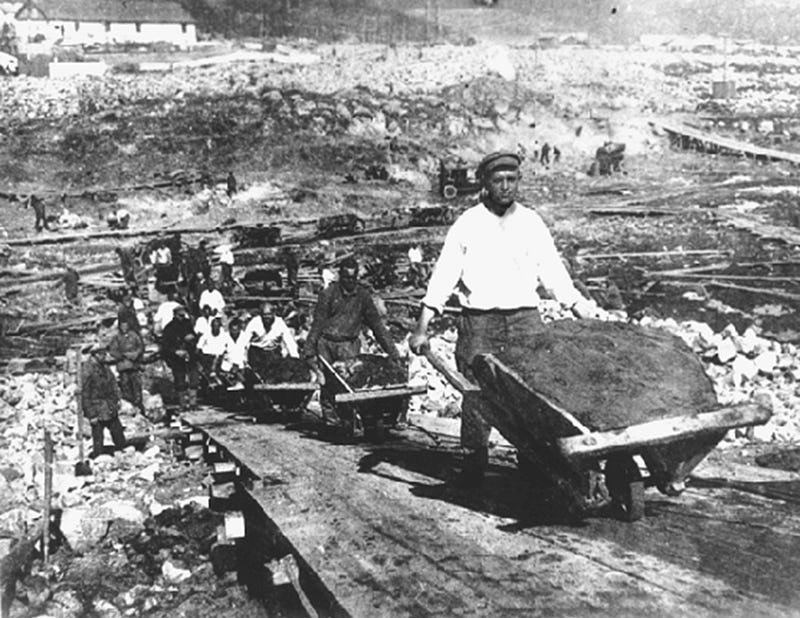
The working conditions experienced by many of these ‘workers’ were abysmal. During grandiose projects such as the White Sea canal built between 1931–33, as many as 180,000 slave laborers were used. Out of these, around 10,000 died due to the brutal conditions they were being placed under. Many were forced to work throughout the ferocious Russian winters leading to the very high death toll as stated above.
During the fast industrialization of the early 1930s, many of the higher-ups of the Soviet Union wanted to maximize their use of this newfound pool of labor to boost the speed of their industrialization. This need for rapid industrialization crossed over with the need to put the vast Siberian tundra and other empty regions of the Soviet Union to use; as such Genrikh Yagoda, head of the OGPU secret police in the early 1930s came up with a plan.
The Tomsk Oblast
Yagoda planned to ship over 2 million ‘kulaks’ (kulaks is the name given to the rich peasants of the Soviet Union, it is still debated if they were a real class, a class used as a scapegoat or just innocent people) to these remote regions to set up ‘special settlements.’ One of these regions was the То́мская о́бласть (Anglicised: Tomskaya Oblast). This region of the USSR was mostly barren, with very few settlements existing due to the limited amount of resources available; as such it was the perfect target for this program.
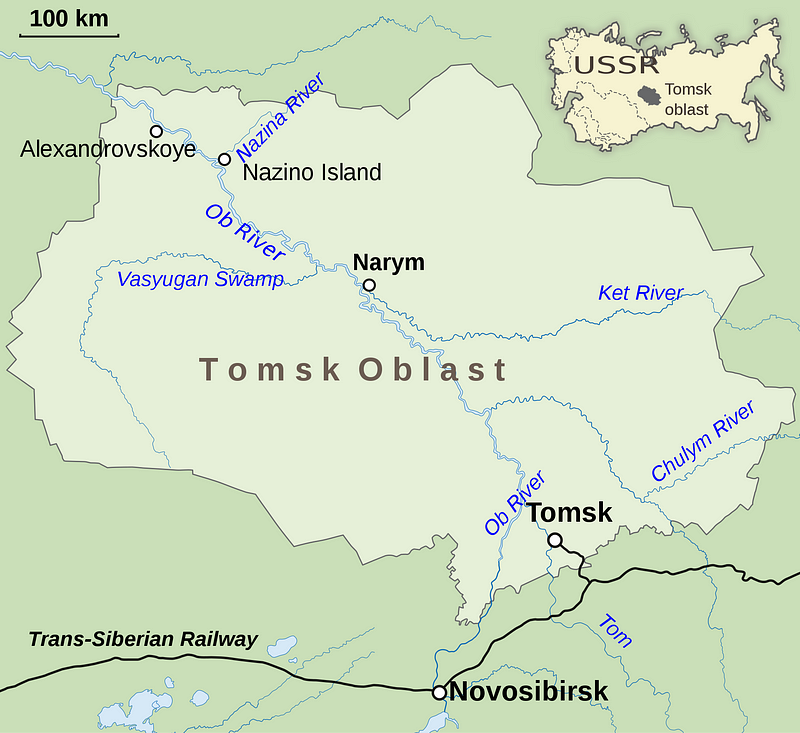
Most of the ‘settlers’ sent to that region were first sent to the Tomsk camp. There a settlement was built up by ‘kulaks’ and agricultural workers that were part of the Gulag system. The colony was run by party officials who dictated how resources were to be used and distributed among the population. As such, when they were told that they were to receive some ‘city folk’, they panicked. Until then, the officials only dealt with more uneducated village folk who, for the most part, didn’t pose any trouble.
This couldn’t be said about those who came from the city. Upon their arrival, chaos already ensued with a small riot being started over the availability of drinking water; fortunately, the riot was quickly put down by the local authorities. Seeing that the new ‘settlers’ were going to pose trouble, the party officials decided that they were going to allocate the most remote locations to these new arrivals; as such many were sent up the Ob river towards Nazio island.
Grain and river water
A combination of urban deportees, criminals, and farmers were sent over to the river island of Nazio, around 800km away from Tomsk. 3,000 people were squeezed into 4 river barges as well as around 4kg of grain per person, no other tools were given out for the expedition. Even before arrival, around 57 of the prisoners died due to the conditions on the barge, mostly of starvation as the ‘settlers’ were only fed 200 grams of bread per day.
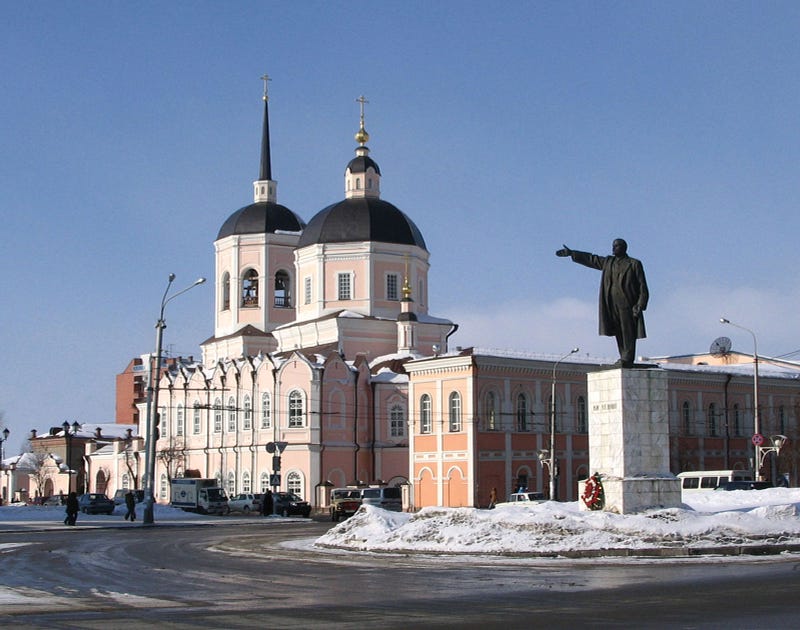
On arrival, the 50 guards sent with the expedition tried to distribute the over 4 tonnes of grain equally between the ‘settlers’ but had no luck; they instead split up the group into sets of 150, each having one leader who was meant to take all of the sets rations and split it up equally. What ended up happening was that most groups’ leaders turned out to be criminals, and through intimidation, they ended up taking all of the rations for themselves. Even those who had grain suffered as without ovens, the grain couldn’t be cooked into bread. Many just mixed the grain with the infected river water, which led to dysentery.
The plan was to get more supplies to the island from Tomsk, but due to Stalin’s lack of support for the continuation of the program, the 3000 people on Nazio island were left for dead. Cliques shortly started forming, with teams of people raiding other groups for food and resources. Although the island was semi-habitable most of the 3000 people who were left on the island were city dwellers and, as such, didn’t possess the skills to turn the land into arable land. With no new source of food, the initial rations ran slowly ran out.
With food supplies dwindling, the island spiraled into chaos, it was every man for himself. No one could escape the island either as the guards were ordered to shoot anyone who attempted to escape as a portion of the population were known criminals. 3 days in, without food, many turned to cannibalism, with 50 people being arrested by the guards in the span of a few days.
From their arrival on 18 May 1933 to their rescue by the Soviet authorities during the early days of June, from the initial 322 women and 4,556 men, only 2,856 people were taken off the island, the rest either left for dead, already dead, or too ill to be moved, ending the Soviet colonization experiment.

Student of Philosophy, Politics and Economics. History fanatic. Contact: aneculaeseicg@gmail.com

